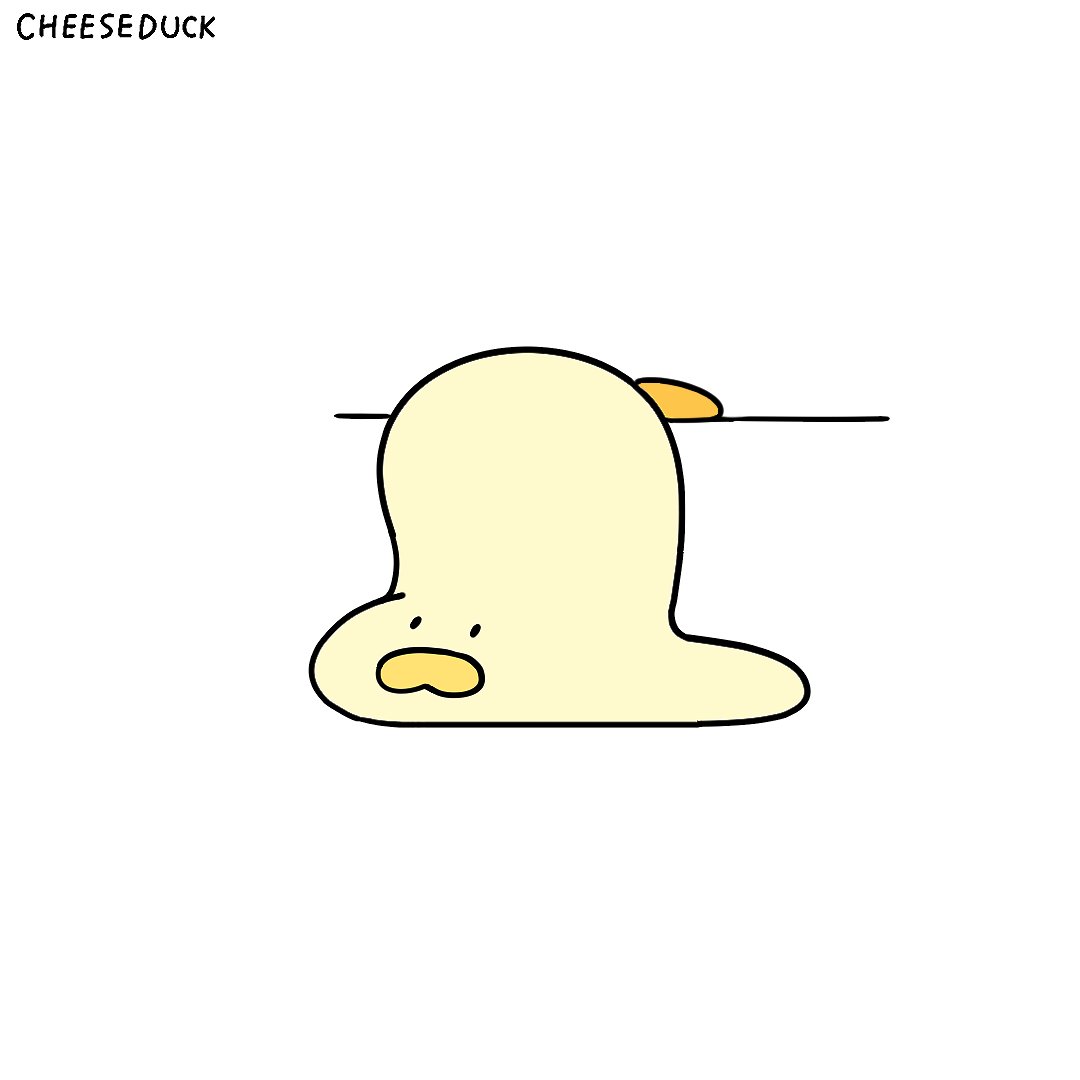Notice
Recent Posts
Recent Comments
Link
| 일 | 월 | 화 | 수 | 목 | 금 | 토 |
|---|---|---|---|---|---|---|
| 1 | 2 | 3 | ||||
| 4 | 5 | 6 | 7 | 8 | 9 | 10 |
| 11 | 12 | 13 | 14 | 15 | 16 | 17 |
| 18 | 19 | 20 | 21 | 22 | 23 | 24 |
| 25 | 26 | 27 | 28 | 29 | 30 | 31 |
Tags
- springboot
- Json 객체
- 파이썬
- 스프링 이메일 전송
- 스프링부트 OpenAI API
- Chat GPT
- JPQL
- 프로그래머스
- Servlet
- git 충돌 해결
- HttpServletResponse
- 페이징 정렬
- JPA
- 비밀번호 재설정 API
- Git
- 저장소 이전
- jar빌드
- github 복제
- swap 메모리
- 자바
- MySQL
- 두수의 합 자바
- MVC
- 값 타입
- 넘파이
- api 개발
- 우분투
- 서버 배포
- 저장소 복제
- JDBC
Archives
- Today
- Total
현의 개발 블로그
JPA 페이징 구현하기(1) 본문
페이징은 한 번에 가져오는 데이터의 양을 제한하는 것이다.
Pageable 인터페이스를 사용하여 쉽게 구현할 수 있다.
코드 구현
PageResponse<T> 클래스 추가
@Getter
@AllArgsConstructor
public class PageResponse<T>{
private int currentPage;//현재 페이지 수
private int totalPages; //전체 페이지 수
private long totalItems; //전체 데이터 수
private List<T> items; //페이지에 포함될 실제 데이터
public static <T> PageResponse<T> fromPage(Page<T> page){
return new PageResponse<>(
page.getNumber(),
page.getTotalPages(),
page.getTotalElements(),
page.getContent()
)
}
}Spring Data의 Page 객체를 사용자 정의 객체로 반환하기 위해 PageResponse를 정의한다.
<T> 는 제네릭 타입으로, 사용할 때 어떤 타입의 객체로 페이징할지 정할 수 있다.
Repository 작성
public interface BookmarkRepository extends JpaRepository<Bookmark, Long> {
Page<Bookmark> findAllByUser(User user, Pageable pageable);
}Pageable이 파라미터로 들어가고 반환타입도 Page<객체> 형태가 된다.
Controller 작성
@GetMapping("/{userId}")
public BaseResponse<PageResponse<BookmarkRes>> getUserBookmarks(
@PathVariable Long userId,
@RequestParam(required = false, defaultValue = "0") int pageNo,
@RequestParam(required = false, defaultValue = "10") int pageSize) {
return bookmarkService.getUserBookmarks(userId, pageNo, pageSize);
}required=false, defaultValue = "0"
파라미터를 정의해주지 않으면 기본값으로 설정되도록 하였다.
pageNo는 현재 페이지 번호로 0부터 시작한다.
pageSize는 한 페이지에 표시할 아이템 수를 말한다.
Service 작성
public BaseResponse<PageResponse<BookmarkRes>> getUserBookmarks(Long userId, int page, int size) {
User user = userRepository.findById(userId).orElse(null);
if (user==null){
return new BaseResponse<>(BaseResponseStatus.NOT_EXIST_USER_ID);
}
//Pageable 객체 생성
Pageable pageable = PageRequest.of(pageNo, pageSize);
//페이징된 데이터 조회
Page<Bookmark> pagedBookmarks = bookmarkRepository.findAllByUser(user, pageable);
//Page<Bookmark> -> Page<BookmarkRes>
Page<BookmarkRes> bookmarkResPage = pagedBookmarks.map(BookmarkRes::of);
//Page<> -> PageResponse<>
PageResponse<BookmarkRes> pageResponse = PageResponse.fromPage(bookmarkResPage);
return new BaseResponse<>(pageResponse);
}
하나씩 살펴보자
Pageable pageable = PageRequest.of(page, size);Pageable.of는 Spring Data의 인터페이스를 구현한 메서드이다.
페이징과 관련된 요청 정보를 생성하고 이에 맞는 Pageable 객체를 반환한다.
Page<BookmarkRes> bookmarkResPage = pagedBookmarks.map(BookmarkRes::of);Page<Bookmark>를 Page<BookmarkRes>로 변환한다.
map()으로 각 페이지에 포함된 모든 항목에 형변환을 한다.
PageResponse<BookmarkRes> pageResponse = PageResponse.fromPage(bookmarkResPage);Page<BookmarkRes>를 PageResponse<BookmarkRes>로 변환한다.
return new BaseResponse<>(pageResponse);정의해둔 기본 응답으로 한번 더 감싼다.
pageResponse<BookmarkRes>로만 반환하고 싶은 경우
return PaseResponse.fromPage(bookmarkResPage); 을 해준다.
결과


'대외활동 > 한이음' 카테고리의 다른 글
| 스프링부트에서 Open AI API 호출하기(1) (0) | 2023.07.26 |
|---|---|
| JPA 페이징 구현하기(2) (0) | 2023.07.20 |
| 비밀번호 재설정 API 설계 (0) | 2023.07.17 |
| 우분투에서 서버 배포(3) - 빌드 및 실행 (0) | 2023.07.16 |
| 우분투에서 서버 배포(2) - swap 메모리 할당 (0) | 2023.07.16 |
Comments



